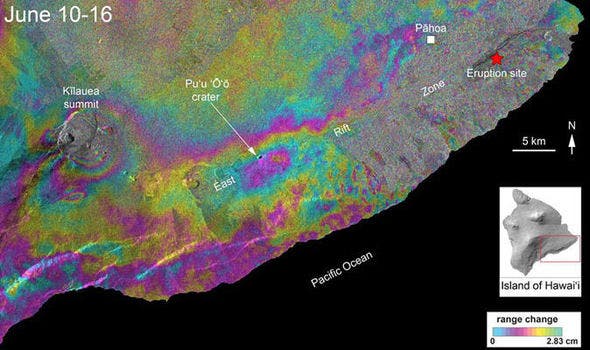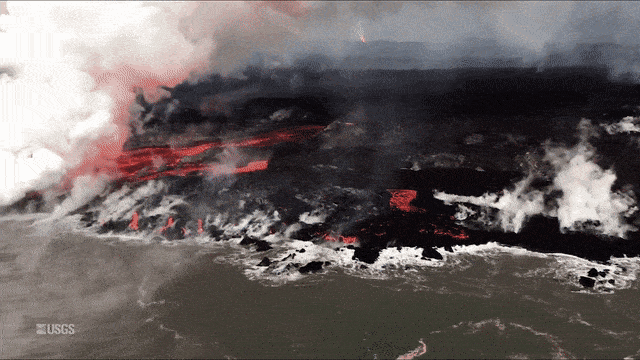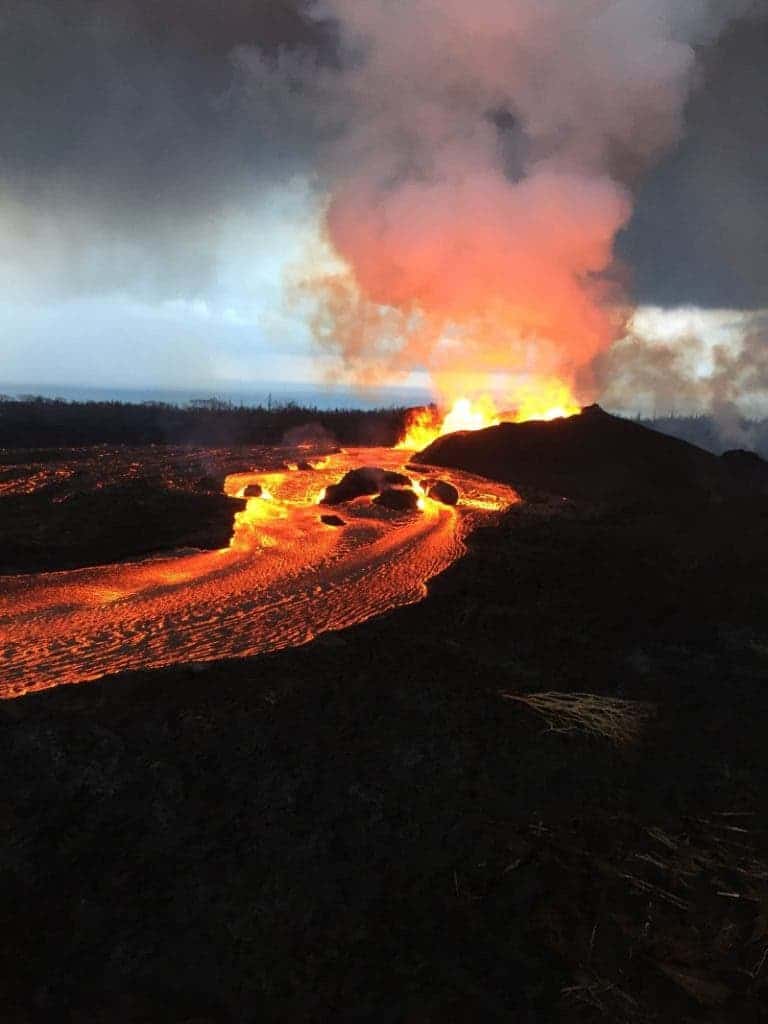The Hawaiian volcano of Kilauea continues its explosive streak with a massive bang, creating what is essentially the modern version of Mordor.
https://www.youtube.com/watch?v=QEkidF6pUfc
Kilauea’s summit is rapidly deforming, aerial surveys have shown. The volcano was rocked by more than 180 explosions and earthquakes — with one explosive event throwing ash and gas plumes that towered to nearly 10,000 ft (over 3 km).
The USGS reported that there is little ground motion around the volcano, but the summit is subsiding rapidly. However, despite this, there’s very little chance of a summit collapse. The situation is still unclear and could change in the near future.

The USGS geologists added they’re not really sure for how long the volcano will continue to erupt — the only thing they know is that there have been massive eruptions, and there’s a good chance the eruptions will continue:
“We’re not exactly sure how much magma is stored beneath the summit. We have only estimates, but we are confident it is at least in excess of 100 times what has been erupted so far from Fissure Eight.”

Over 600 homes have already been destroyed by the lava, which the volcano is spewing out at a speed of 100 cubic meters per second — the equivalent 26,000 US gallons (98,000 liters) per second, roughly enough to fill 720 dump trucks every minute. Lava now covers 9.24 square miles (24 square km), the Hawaii Civil Defense Agency confirmed on Saturday.
More than 2,000 people have already been forced to relocate, and the eruption continues.
It’s not just the eruption itself, volcanic dust is also a health hazard, even if it cools down because it contains small bits of glass which can damage the nose or throat.

Now, Kilauea seems to have settled down a bit. You can keep an eye out on it yourself using the USGS 24/7 livestream:
Alternatively, you can also stay up to date by following the USGS website or local social media accounts, for candid stories.
https://www.instagram.com/p/BkI88a7gQqc/?utm_source=ig_embed
Was this helpful?



